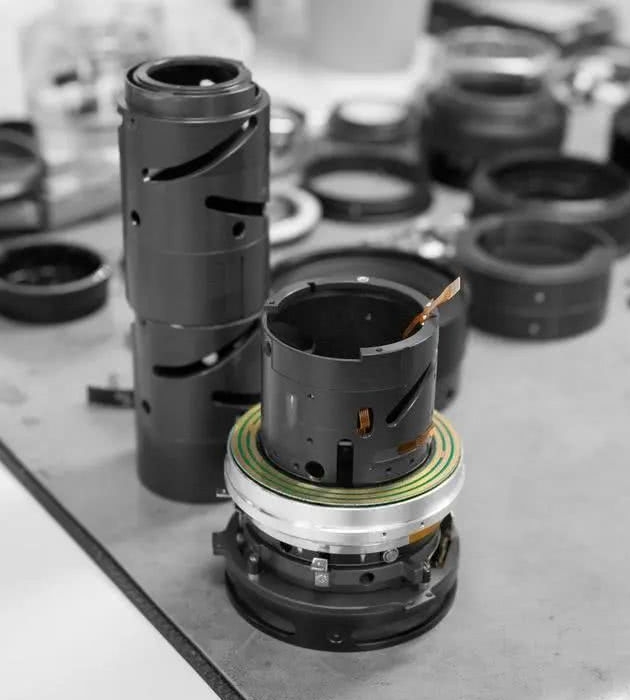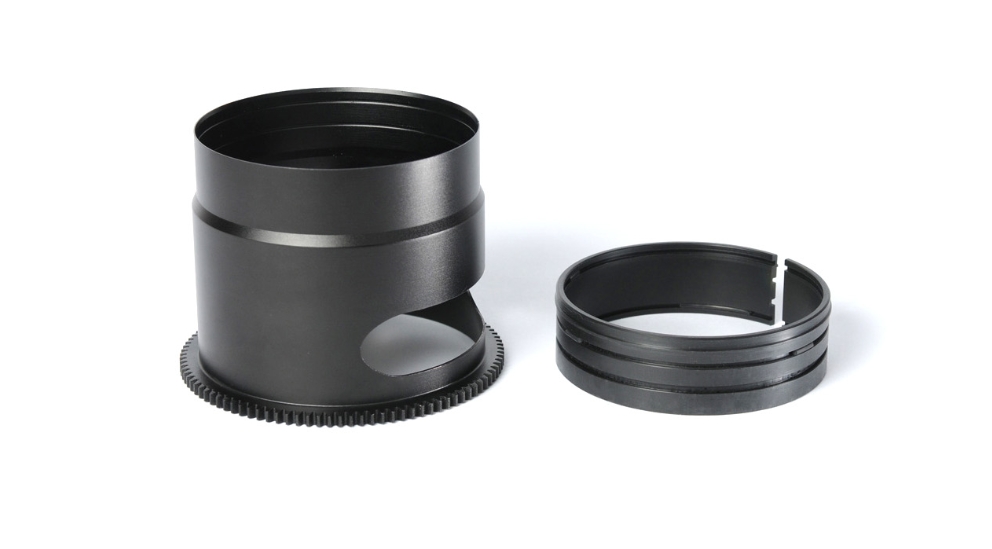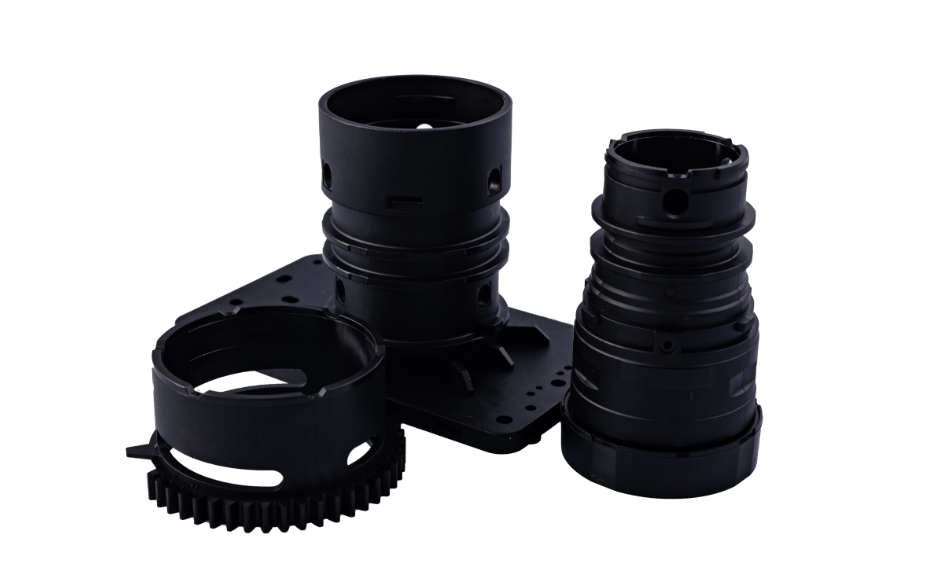In the field of optical lens manufacturing, injection - molding technology has become the core process for lens barrel production. Statistics show that over 95% of lens manufacturers opt for injection - molded lens barrels. Behind this choice is not only the manifestation of technological maturity but also a comprehensive consideration of efficiency, precision, and cost. This article will analyze this phenomenon from multiple dimensions, including technical advantages, industry trends, and practical cases.
Injection - molding technology enables the mass production of lens barrels through one - step molding with molds. For example, the "multi - mold - cavity synchronous injection - molding fixture" developed by Suzhou Xundafei Company can form multiple lens barrels in a single operation. Its production efficiency is more than 3 times that of traditional single - mold processes, and the cooling and demolding processes are fully automated, reducing manual intervention.
In addition, the injection - molding cycle is short (usually only a few seconds to tens of seconds). Combined with the quick - mold - change technology, it can flexibly meet the requirements of different - specification orders.
Optical lens barrels have extremely high requirements for dimensional accuracy (the error needs to be controlled at the micron level). Through precise molds and parameter regulation (such as pressure and temperature), injection - molding can stably achieve complex structures on the inner wall of the lens barrel. For example, the thread and insert positioning accuracy of mobile phone camera lens barrels can reach ±0.01mm.
In the production of intelligent transportation lenses by Forte Optics, the injection - molding technology ensures the stable output of 1 million lenses per month, and the assembly accuracy error is less than 1/50 of the thickness of a human hair.
Injection - molding materials can be flexibly selected according to requirements. For example:
Optical - grade plastics (such as PC and PMMA) have high light transmittance and are suitable for imaging lenses.
Metal - insert composite materials enhance structural strength to meet the anti - vibration requirements of vehicle - mounted lenses.
Extinction materials, through special processes (such as MIM - blackening technology), reduce stray - light interference and improve imaging quality.

The demand for miniaturized lenses in smartphones, AR/VR devices, etc., has surged. Traditional metal processing is difficult to meet the requirements of complex structures and small - batch, rapid - iteration production. Through mold design optimization (such as rotary demolding and direct gating), injection - molding can quickly adapt to new lens barrel designs.
Compared with CNC machining or glass lens barrels, the unit cost of injection - molding can be reduced by more than 60%. Taking Forte Optics as an example, its large - scale production advantage of 8 million lenses per month greatly reduces the amortized costs of molds and raw materials.
The combination of injection - molding processes and digital technologies (such as mold flow analysis software and AI - real - time regulation of pressure curves) has significantly improved the yield rate. For example, the stable - pressure injection - molding process of Kunshan Dongzhuo Company uses sensors to monitor pressure changes in real - time, reducing the product defect rate from 5% to 0.3%.

By pre - heating metal inserts (50 - 60°C) and precise pressure - holding control, the problem of wrinkles caused by the difference in shrinkage rates between inserts and plastics in low - temperature environments is solved, and the yield rate is increased to over 99%.
By using metal injection molding (MIM) combined with chemical oxidation blackening treatment, a fine - pore structure is formed on the surface of the lens barrel. Its extinction performance is 40% higher than that of traditional laser treatment, and it has uniform density and strong corrosion resistance.
Injection - molded lens barrels have covered more than 90% of optical scenarios, from medical endoscopes to astronomical telescopes. For example, the patented fixtures of Suzhou Xundafei are widely used in the electronics, communication, and automotive industries, and the lifespan of a single set of molds can reach one million times.

Although injection - molding dominates the market, the industry still faces two major challenges:
The R & D cost of ultra - precision molds: The processing of nanoscale lens barrel molds relies on imported equipment, and the localization process needs to be accelerated urgently.
The popularization of environmentally friendly materials: The performance of bio - based plastics and degradable materials needs to be further optimized to meet optical requirements.
Injection - molded lens barrels, with their advantages in efficiency, precision, and cost, have become the "gold standard" in the optical manufacturing field. With the progress of smart manufacturing and materials science, this process will further promote the lens industry towards high - integration and low - cost development.
Copyright © 2023 :Worldbound Plasitc Products Co.Ltd